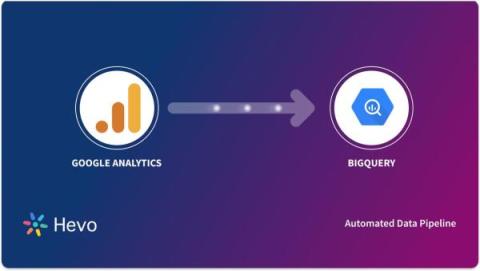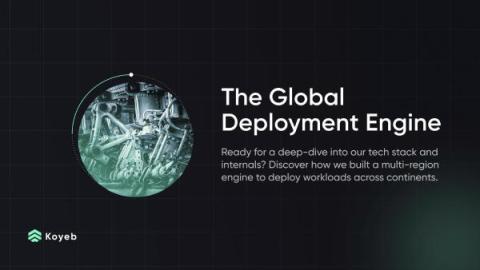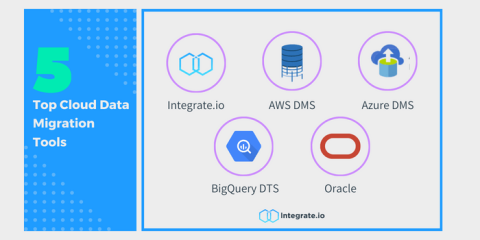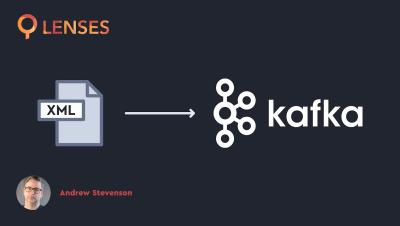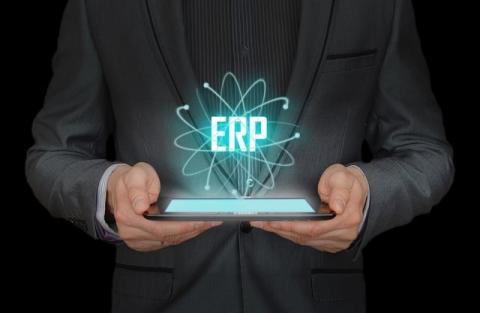Build Modern Innovative Solutions on Cloudera Data Platform Using the Power of Generative AI with Amazon Bedrock
Enterprises see embracing AI as a strategic imperative that will enable them to stay relevant in increasingly competitive markets. However, it remains difficult to quickly build these capabilities given the challenges with finding readily available talent and resources to get started rapidly on the AI journey.



